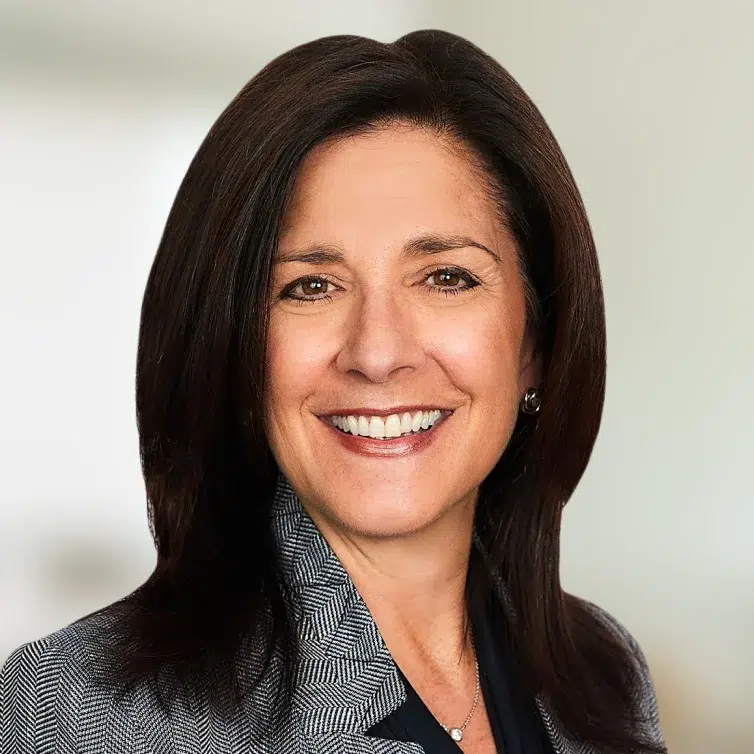
At some point, when you start earning a decent income and want to invest beyond your employer’s 401(k) retirement account, hiring a financial advisor should be on your to-do list. Before you hire one, know that there are different types of advisors, and the differences between the services they offer are very nuanced and may be hard to discern.
The three most common types of advisor firms are Registered Investment Advisers (RIA), broker-dealers (B-D) and the new robo-advisors. Once you understand how each operates and is compensated for their services, you should feel more confident to decide which advisor will provide the best value for your personal financial needs and help you reach your financial goals.
Best Fit
Understanding your own needs will help guide you in the decision of which service to engage. Start by defining the things you want to accomplish financially (grow your assets, preserve your wealth, estate planning, tax planning, etc.) and bring a list with you when you begin to interview candidates.
- RIA
As their name suggests, RIA firms are independent. They focus on providing holistic financial planning, examining every aspect of a person’s finances, from investing to insurance to charitable giving. For the individual or family with full-service financial planning needs, RIAs offer deep resources to organize and coordinate your entire financial picture. These firms tend to partner with other financial service providers — such as insurance brokers, estate planning attorneys and tax accountants — so they can guide clients on how to implement their recommendations. Think of RIAs as the bespoke version of financial advice. But at the same time, most RIA firms are built with a cohesive investment and planning philosophy. While personalities and credentials may vary between advisors, all members of a firm approach investing and planning in the same fashion. Additionally, RIA advisors usually hold advanced professional designations. The three most common are Certified Financial Planner™ (CFP®), Chartered Financial Analyst (CFA®) or Certified Public Accountant (CPA). It is not a legal requirement, but most RIA firms encourage their advisors to earn at least one of these designations. - Broker-Dealers
Broker-dealers (B-D) tend to be banks, wirehouses or custodian firms. Advisors at a B-D firm all have access to the same investment research, investment products and services provided by their firm. But how they use those resources varies by advisor. An advisor in one office may focus on picking growth stocks, while another in the next office will only use index mutual funds. Some B-D firms offer more robust planning and services, like estate planning, tax guidance or charitable gift planning, but the level of service and expertise will vary from one advisor to the next.B-D advisors, also known as registered representatives, must pass securities licensing exams that allow them to sell financial products to consumers. But other credentials can really be a mixed bag. One may have a CFP certificate, while another may have an undergraduate degree in history. So be sure to ask each individual advisor about their educational background and experience. - Robo-advisor
Robo-advisors are a newer, online financial service that offers automated investment platforms. These platforms typically use low-cost exchange traded funds (ETFs) to structure portfolios based on your answers to a questionnaire about risk tolerance. The major difference between traditional advisor service and a robo-advisor is that you will have minimal contact with a human. You won’t be talking to the same CFP every time, and their planning capabilities won’t be as robust to handle more complex situations. You will have little say on the types of investments you will own as your portfolio is based upon your goal preferences and algorithms. For example, if you didn’t want to own any companies that profit from selling firearms, you wouldn’t be able to prevent it with an off-the-shelf robo-advisor. To customize your service, you would need to pay additional fees for a separate account structure that gives you the ability to be more selective.These services are best for the do-it-yourselfers who either don’t have a very complex financial picture or don’t need the more robust services offered by an RIA, like estate, tax and charitable planning. Robo-advisors make investing very easy to “set it and forget it” as they will automatically make trades and rebalance your portfolio for you.
Incentives matter
“Well, I think I’ve been in the top 5% of my age cohort all my life in understanding the power of incentives, and all my life I’ve underestimated it. And never a year passes but I get some surprise that pushes my limit a little farther.” — Charlie Munger, vice chairman, Berkshire Hathaway.
How professionals are compensated can affect the advice they provide, so it’s important to understand your advisor’s compensation structure.
- Fee-only
Because they are independent, most top RIA firms use the fee-only pricing model. Flat fees are charged based on assets under management (AUM). Some RIAs charge a flat fee based on other criteria, such as net worth, but AUM is the most common. This flat fee may also cover ancillary services such as financial planning, estate planning or tax planning, or those services may come at an additional charge. Be sure to find out exactly what services are covered under the firm’s flat fee. It’s also common for RIA firms to charge for planning on an hourly basis for simple accounts, or on a retainer for the more complex portfolios. Fee-only RIA compensation is not tied to which investment products you choose. The average industry AUM fee is 0.95%, so for a $1 million portfolio the annual fee would be $9,500.Robo-advisors can also offer different structures, but the most popular charge flat fees. Because the level of service is less than with RIAs or B-Ds, they tend to be low-cost, with AUM fees of 0.50% or lower. Some charge a little more for personalized and specialized planning provided by a CFP. - Commissions
Advisors or brokers working at B-Ds are typically compensated via a combination of AUM fees and commissions. Commissions vary based on several factors, such as the split the advisor negotiated with their institution and what products they are selling. Their AUM fee will vary by advisor or team, so you’ll need to ask each new advisor you speak with the specifics of their fee schedule, but most will be around 1% of AUM.
Standards of service
Because financial matters can be complex and consumers need to trust their advisors, the financial services industry is highly regulated by state and federal government agencies, as well as by trade associations. Yet, be aware there are two significantly different standards of care to the consumer.
- Fiduciary Standard
RIA firms are registered with and report to the Securities and Exchange Commission, which holds RIAs to the highest standard of care, known as the “fiduciary standard.” The fiduciary standard means that the financial professionals who work for the firm must make recommendations that are in the best interest of the client, even if they are not beneficial for the firm’s bottom line. They must disclose any conflicts of interest to the client. Anyone with a CFP designation is also required to adhere to the fiduciary standard. The Department of Labor had proposed a rule that would require any advisor who manages retirement accounts to act under the fiduciary standard, but that rule was administratively put on hold and then eventually vacated by a U.S. Court of Appeals this year. - Suitability Standard
B-Ds and robo-advisors are required by the Financial Industry Regulatory Authority (FINRA) to adhere to the lesser “suitability standard.” Registered representatives do not have to make recommendations that are in the best interest of the client, only that they are suitable for the client’s situation. For example, let’s say a B-D advisor recommended a client purchase an emerging markets ETF, and the client had two choices: one ETF has a fee (also known as an expense ratio) of 0.75% and the other has a fee of 0.15%. When it comes to the indexes the funds track and the funds’ performance, the ETFs are essentially the same. But the costlier ETF also pays a higher commission to the advisor. By the suitability standard, the advisor can recommend the client purchase the higher cost ETF even though the higher fees will reduce the after-fee profit for the client.Once you’ve defined what you need or want in a financial service provider, it will be easier to decide which type of financial advisor to pursue as you start long-term financial planning and investing. All three services vary in what a consumer should reasonably expect, but the vetting process should be the same. The National Association of Personal Financial Advisors has a great checklist to help you interview candidates.

 Talk to us
Talk to us 












